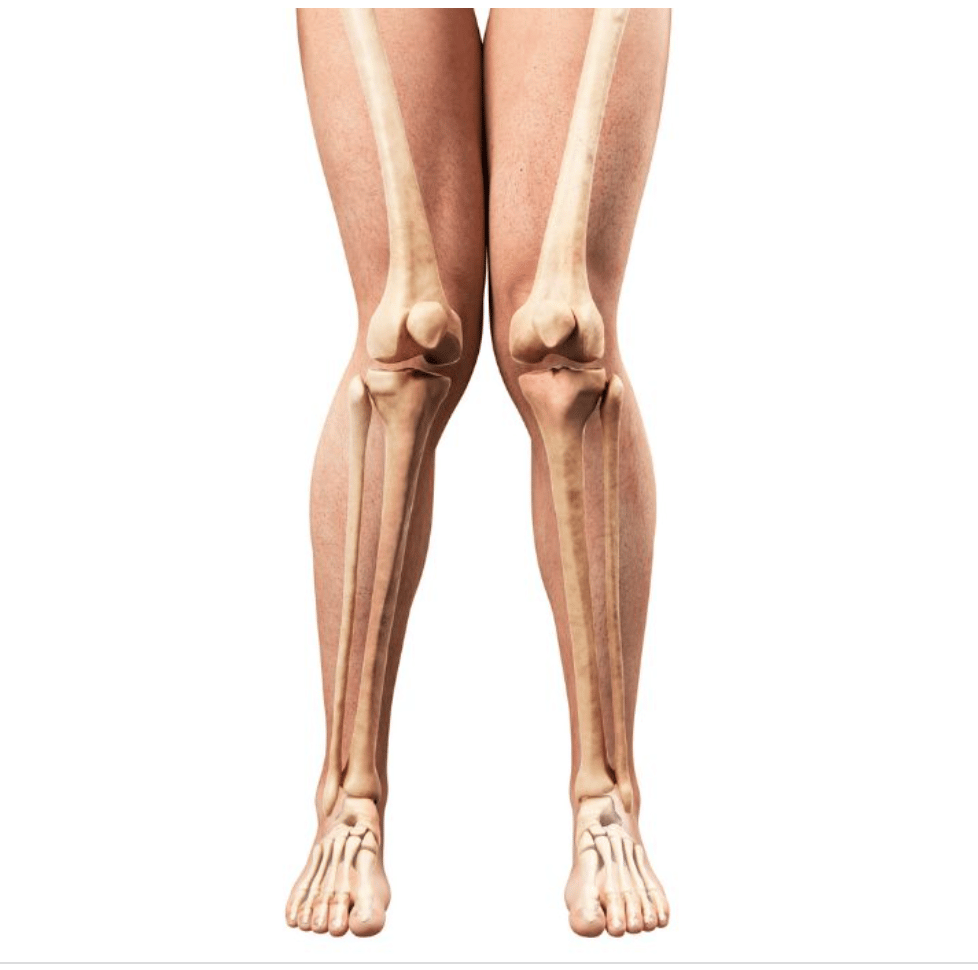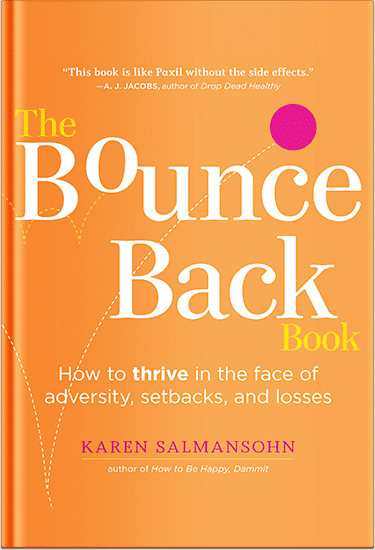 Having a problem with Knock-Knees can make it hard to sleep.
Having a problem with Knock-Knees can make it hard to sleep.
If you’re experiencing this, you can try some of the techniques mentioned below to get the sleep you need.
I’m writing this article because I’m a bestselling wellness author.
I am committed to helping people to deal with challenging health situations and become positive, committed and educated so they can improve their health.
With this in mind, I founded the groundbreaking video course called The Anxiety Cure.
Plus I wrote a bestselling Bounce Back Ebook loaded up with resiliency psychology tools.
So I put together this article on how to solve Knock-Knees problems and improve sleep.
What Are Knock Knees?
Oftentimes, when a child gets knock knees, the parents are very concerned.
They are worried that the child might trip or have pains and symptoms that they associate with the condition. The condition is actually a normal part of development. It doesn’t usually cause any pain or discomfort. In fact, it’s very rare for knock knees to be a serious problem. In most cases, it goes away by the time a child reaches age 7.
It’s important to understand that if your child has physiological knock knees, they will grow out of them. If you are concerned about your child’s condition, you can take him or her to an orthopedist.
If your child’s condition is severe, you can expect your doctor to do an X-ray of the legs. This may help your doctor identify any underlying problems.
If your child’s condition is mild, you can try conservative treatment methods to improve the movement of his or her knees. These treatments include calcium supplements, rickets treatment, and vitamin D supplementation.
For children with more serious knock knees, you can consider surgery. This can be either an osteotomy or guided growth surgery.
An osteotomy involves implanting hardware into the knee. This procedure is used to correct abnormal overloading of the knee. It is not recommended for children under the age of four.
What To Do If You Have Knock Knees?
Having a knock knee is a common deformity, but it can cause pain and instability.
It is also associated with arthritis and osteoarthritis. Thankfully, there are ways to treat the condition. A good starting point is to get your doctor’s opinion.
They will also measure the distance between your ankle bones. The more extreme the deformity, the more likely it will require a medical intervention.
1. Exercises
There are a number of exercises and stretches that you can try to help. You can use yoga to increase your knee flexibility.
There are several exercises that can be used to strengthen the abductor muscles, which are the muscles that support the knees.
- You can use a resistance exercise band to strengthen the muscles.
- You can do this exercise by lying down, or by standing up.
- You should repeat the exercise 20 to 25 times in four sets.
- You can also strengthen your abductor muscles.
If you are overweight, you should lose weight to lessen the pressure on your knees. A good pair of orthotic shoes can also help.
2. Sleep With Pillow Between Your Legs
If you suffer from knock knees, sleeping comfortably can be challenging. However, there are a few tips and tricks on how to sleep with knock knees.
When you are sleeping, you should also keep a pillow between your legs. This will prevent your knees from knocking on each other.
The best way to cure a knock knee is to begin a treatment plan right away. This will prevent further damage and allow you to walk better.
3. Wear A Knee Brace At Night
You might want to consider wearing a knee brace at night, if your knees aren’t as straight as your spine. This is especially the case if you’re a side sleeper.
A knee brace can correct some of the minor misalignment in your knees, and will make the best of a bad situation a whole lot better. A good knee brace will also help you to get the most out of your sleep.
4. Determine What Is Causing Knock Knees
The first step in treating knock knees is to determine what the underlying cause of the condition is.
This is important because the symptoms can be associated with other medical conditions, such as obesity. In some cases, you might need to make some lifestyle changes.
5. Using Yoga Therapy
You might also want to consider using yoga therapy to correct your knocked knees. This is especially helpful in treating knocked knees when combined with physical therapy.
You can learn the right poses from a qualified yoga therapist. You can also use exercises to strengthen your abductor muscles.
6. Relieve Pressure On Your Knees
The best way to prevent the onset of knock knees is to make sure you eat a healthy diet and avoid activities that put extra stress on your joints.
If you are obese, losing weight will help relieve pressure on your knees.
Final Word on Improving Knock Knee Problems
Knock-knees can have a major impact on one’s life and the quality of their sleep. Fortunately, there are many treatments available that can help manage these conditions and improve sleep quality.
From physical therapy to orthotics and even surgery in some cases, individuals with knock-knees can find relief from their symptoms.
Lifestyle modifications such as maintaining a healthy weight and proper posture can also help improve sleep quality.
Taking the time to investigate treatment options and make meaningful changes in one’s life is essential for those suffering from knock-knees in order to improve their sleep quality.
With the right care, individuals with knock-knees can find relief and get on the path to a better night’s sleep.
Stay Positive and Resilient During Challenging Times
Explore my bestselling Bounce Back Ebook loaded up with resiliency psychology tools.
P.S. Before you zip off to your next Internet pit stop, check out these 2 game changers below - that could dramatically upscale your life.
1. Check Out My Book On Enjoying A Well-Lived Life: It’s called "Your To Die For Life: How to Maximize Joy and Minimize Regret Before Your Time Runs Out." Think of it as your life’s manual to cranking up the volume on joy, meaning, and connection. Learn more here.
2. Life Review Therapy - What if you could get a clear picture of where you are versus where you want to be, and find out exactly why you’re not there yet? That’s what Life Review Therapy is all about.. If you’re serious about transforming your life, let’s talk. Learn more HERE.
Think happier. Think calmer.
Think about subscribing for free weekly tools here.
No SPAM, ever! Read the Privacy Policy for more information.
One last step!
Please go to your inbox and click the confirmation link we just emailed you so you can start to get your free weekly NotSalmon Happiness Tools! Plus, you’ll immediately receive a chunklette of Karen’s bestselling Bounce Back Book!


 Having a problem with Knock-Knees can make it hard to sleep.
Having a problem with Knock-Knees can make it hard to sleep.